It was one of motoring’s best-worn clichés: the idea of the continent-traverser, a cross-country express, a car that could take you comfortably to the south of France for supper after breakfast in London.
I’ve read about it and you’ve read about it. I’ve probably even written about it, despite the fact Autocar’s style guide notes dryly that clichés should be avoided “like the plague”.
Anyway, the ideal vehicle for crossing Europe was a big coupé, a grand tourer like an Aston Martin, Bentley or Mercedes, built to do long distances at speed and in comfort. And then it wasn’t, because the ideal vehicle for crossing Europe in a day became an Airbus A320 or Boeing 737 that went from somewhere vaguely near a British city to somewhere vaguely near a Continental city for £30 a head. The idea of a car good for a European holiday today is whichever supermini with air conditioning they give you the keys to at the rental desk.
Can you imagine landing and being given the keys to your own car? In the 1950s and 1960s, it happened. I didn’t know Silver City Airways’ Air Ferry existed until recently and, despite seeing archive footage of it, I can still scarcely believe it was viable. It used Bristol Freighters, which could hold three cars and around 20 passengers, and flew from a number of airports in England to Northern France and Belgium.
You would park up half an hour before your flight and stroll through the terminal while staff drove your car onto the plane. The crossing took half an hour and you cleared customs while your car was unloaded. At its peak, the Air Ferry was carrying 60,000 cars per year from England to the Continent and back.
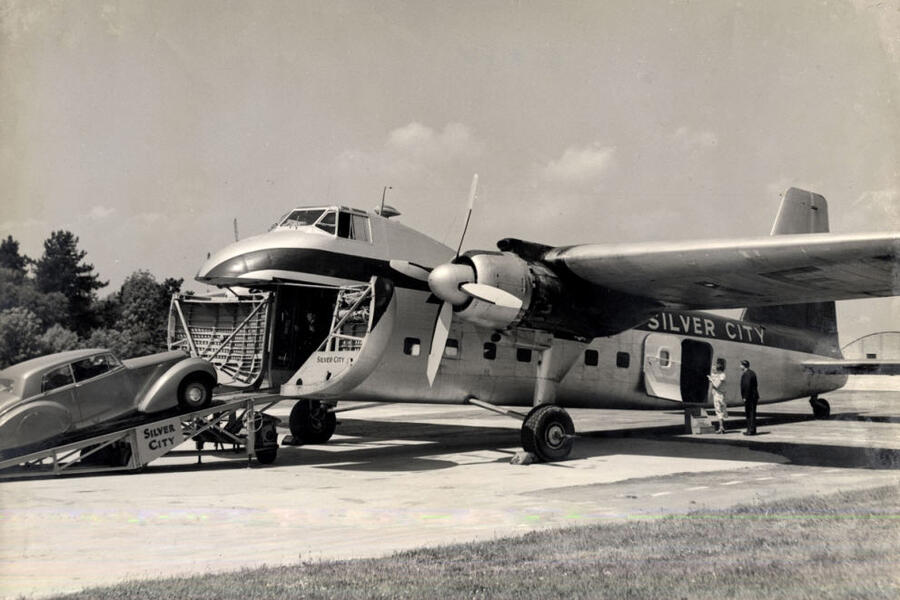
Now, nobody’s going to start running passenger flights for you and your car to Faro any time soon (are they?), but it strikes me that the idea of using your car for holidays and business might be on the up once we’re allowed to go anywhere again.
Until there’s a coronavirus vaccine, or unless enough of us get it that this passes sooner than we expect, flying is likely to be a hard sell, regardless of whether the centre seat is empty. And maybe the cross-continental automotive express might become a relevant cliché again after all.
What’s the best car for the job today? It needs comfy seats, a decent luggage volume, pliant ride quality, strong noise suppression, a good stereo, ample USB ports, Haribo storage space and, most importantly, a fuel range exceeding the minimum occupant bladder range. It might still be the Bentley Continental GT or Rolls-Royce Wraith but, honestly, a big saloon with a small engine and on modest wheels would do the job. When people say the BMW 320d is the best car for real life, maybe now there’s another reason to think so.
I wonder if some drivers will be rethinking the kinds of car that they need to own already. Some of us will discover we don’t need to commute so frequently; if a company decides presenteeism is so 2019 that five days in the office becomes one, options open up. Others will decide driving is a better choice than public transport.
And maybe those two weeks every summer, when the car is no longer parked up in Long Stay, will shape the decision too.
READ MORE
15 countries in 24 hours with a Bentley Continental GT
Throwback Thursday 1935: is a Channel Tunnel feasible?
Top 10 best grand tourers 2020

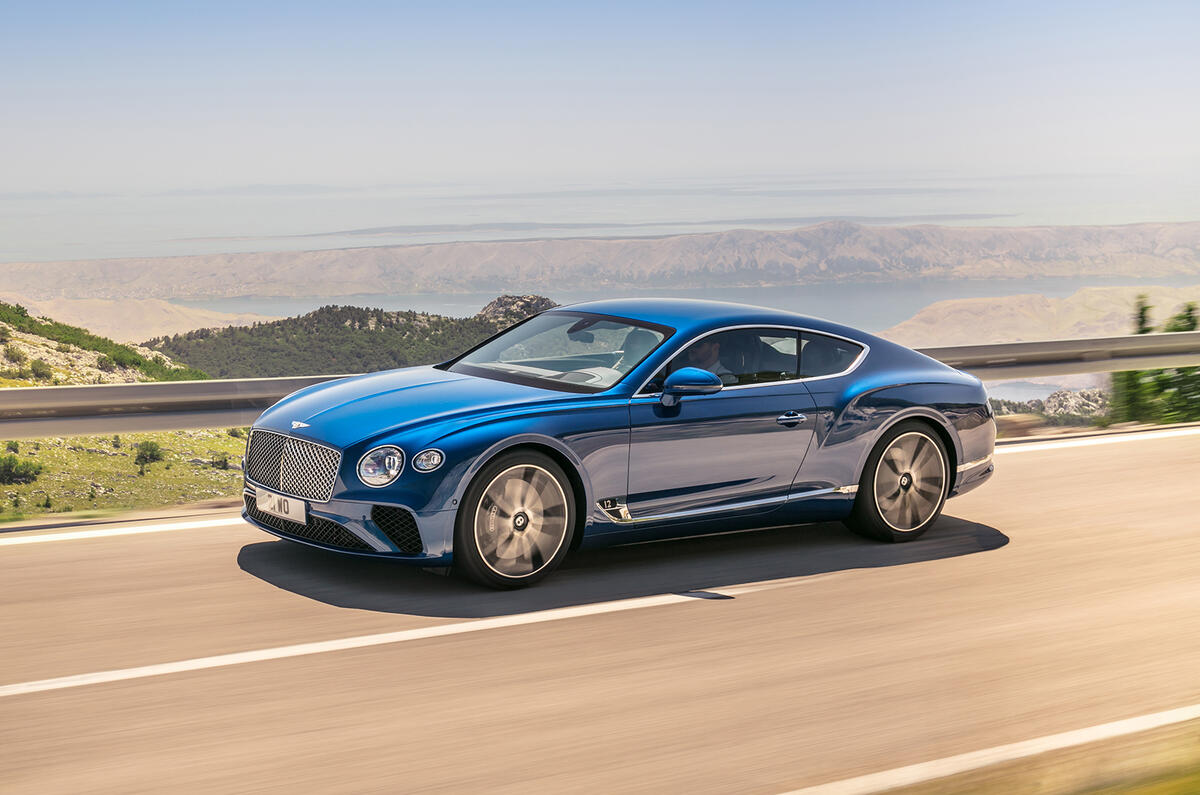
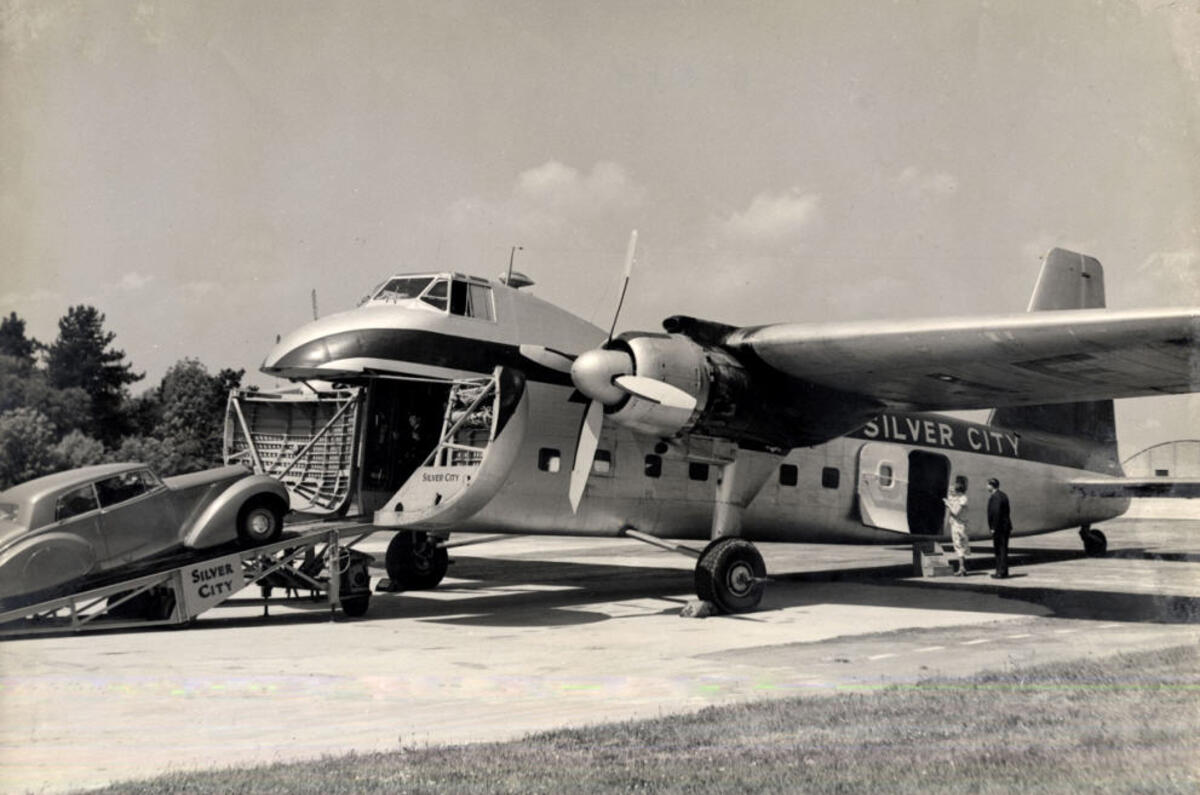
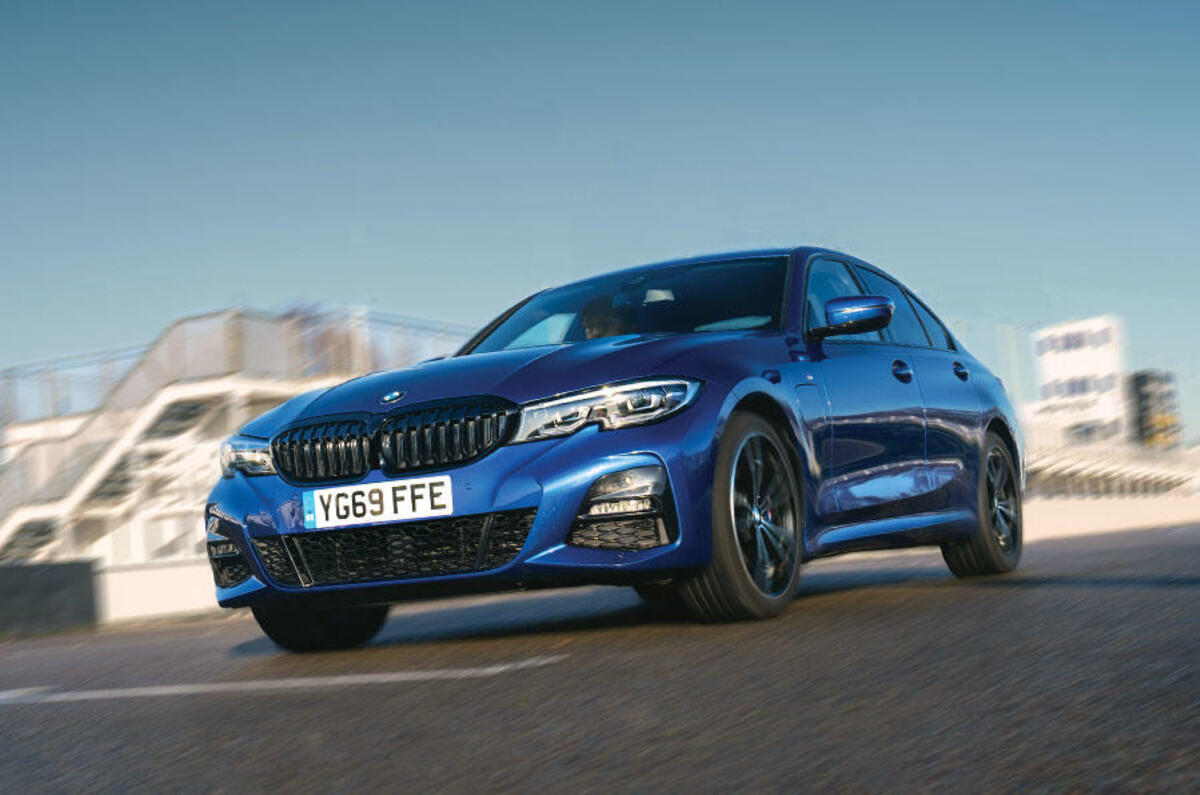
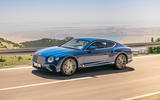
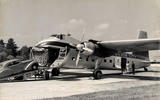
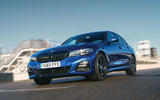


Join the debate
Add your comment
Needs to be special though
Martin, I think the point is that using a car for long distance trips needs it to be a little bit special. An older car, a convertible, something quirky. I drive a Golf R as my daily driver and I dont think I'd get excited about going on holiday in it, great though it is for everyday use.
But, take a 911 GT3, stop over by the Nurburgring, on down to Neuschwanstein Castle, over the Dolomites into Italy, stop over in Sant'Agata Bolognese for a Lamborghini factory tour or the automotive heaven that is Maranello, that's a different story.
Lucy, you are right in that
Lucy, you are right in that the monthly lease payments on a Ferrari are significant - you are borrowing money after all - and I prefer to pay cash for mine. The seven year inclusive services are to keep the car inside the dealer network as much as anything but if you've maintained an F355 for 25 years as I have, you know all about actual maintenance costs. I have a 488 GTB, shortly to be joined by an F8 Spider and the folly of having to take out the engine every 3 years to replace cambelts which look indistinguishable from new is fortunately history.
Driving around Europe is fine
Driving around Europe is fine. It's the traffic bound journey to Dover or the Tunnel that is off-putting for those of us not based in the SE of England. It makes it off-putting.